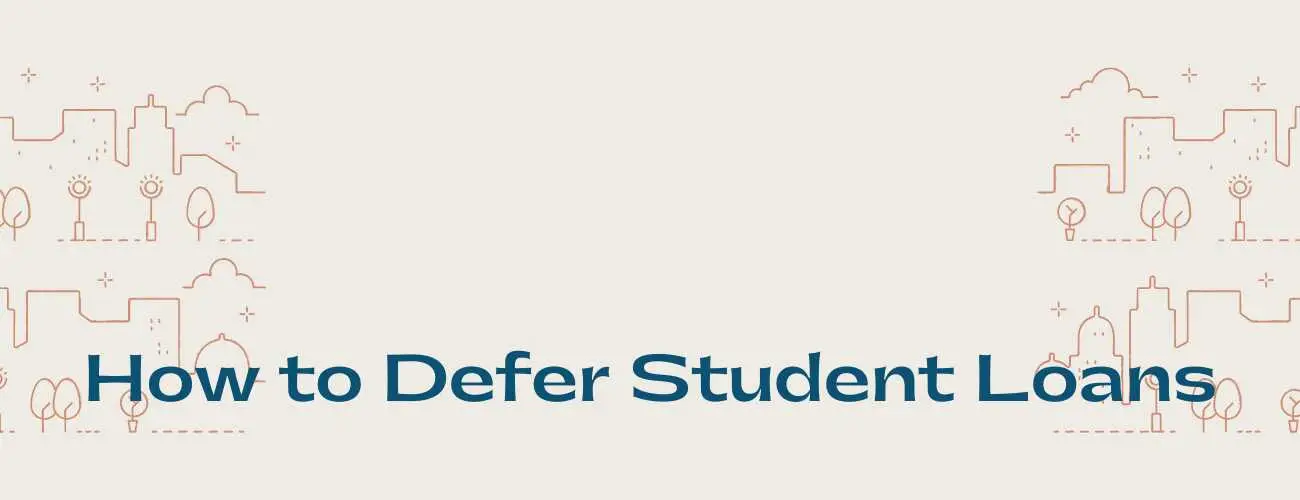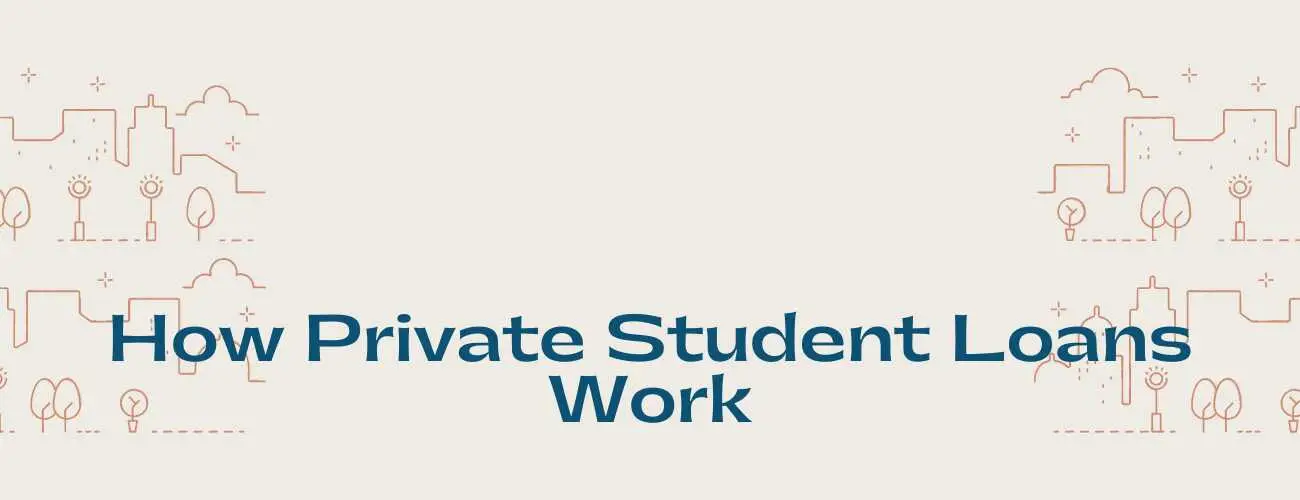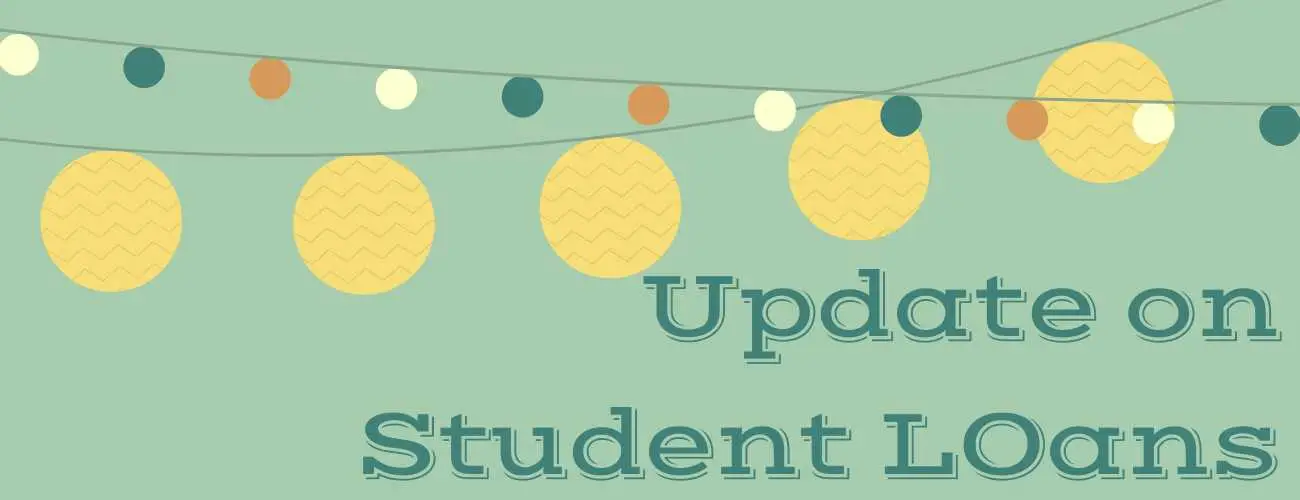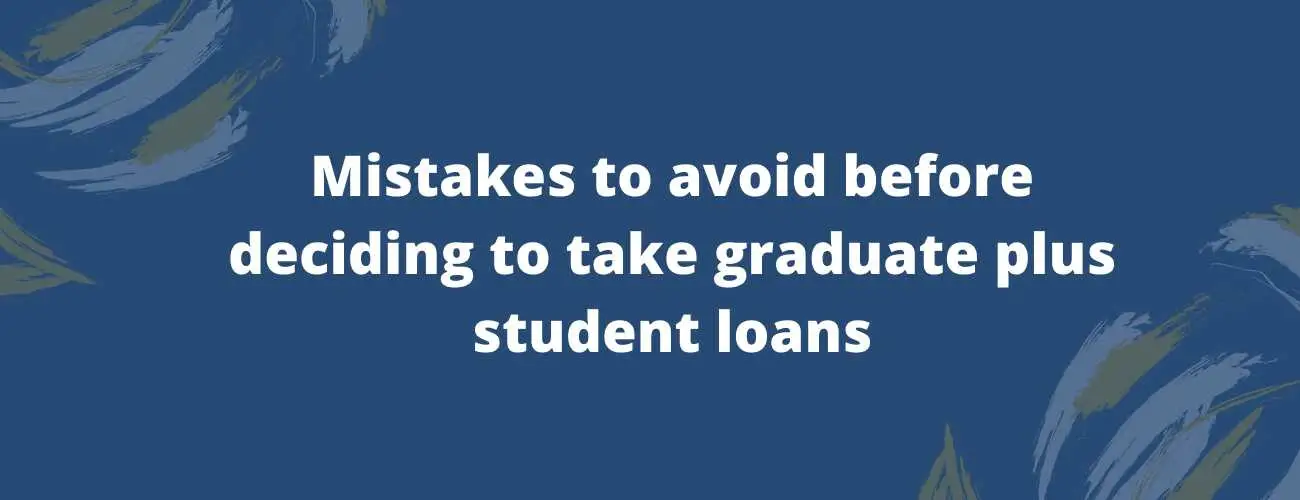Weighted Average Interest Rate
Step by step explanation of how to calculate weighted average interest rate and how to put it into use. All of this with keeping your loan type and loan amount in mind.
Updated by Taskeen Fatema on 12th December 2019
With the rising number of student loan borrowers utilizing from the various benefits offered by federal and private loans alike, comes along with the responsibility of timely repayment of the loans. Sometimes it becomes tiring to manage multiple federal student loan payments, coupled with multiple interest rates and multiple servicers. It is in such cases that there comes the time to consider loan consolidation.
Under the Direct Consolidation Loan program, the U.S. Department of Education has made the landmark decision to allow the student borrower to choose their consolidation servicer.
As one is aware, student loans do not have the same interest rates year after year. Congress can change federal student loan rates each year and private loan rates depending on variable factors such as credit score and the overall review of the current economic data. This leaves most college students with student loans of varying amounts and interest rates. To help you make the best financial decisions for yourself, you must calculate your loans’ weighted average interest rate.
Table of Contents
- What is the weighted average interest rate?
- How to use the weighted average interest rate?
- Refinancing and weighted average interest rate
- How to calculate
- Steps involved
What is the weighted average interest rate?
The weighted average interest rate on a direct consolidation loan is the aggregate rate of interest paid on all debt(all the loans you want to consolidate) The calculation for this percentage is to aggregate all interest payments in the measurement period, and divide by the total amount of debt. It is more involved than just averaging your interest rates because it considers the amount of each loan.
For example, if you owe $5000 at 3% interest and owe $10,000 at 5% interest, the average interest rate is 4%. But, the calculated weighted average interest rate would be 4.33%. That happens because the loan at 5% has a bigger balance than the loan at 3%, and as a result, pulls the rate higher.
Before making the decision of consolidating or refinancing multiple student loans, it is always helpful to figure out what your debt as a whole is costing you. That result which is your weighted average interest rate will help you compare money-saving options and aide in deciding the most viable option to you.
How does the weighted average interest rate come into use?
If you consolidate multiple federal student loans with a Direct Consolidation single loan, your new loan will carry an interest rate that is the weighted average of your current loans rounded up to the nearest one-eighth of a percentage point.
The repayment term is determined by the total amount you owe.
If you have good credit, you can refinance both federal student loans and private student loans through a private lender. It is a good practice to calculate the weighted average interest rate and then compare student loan refinancing offers when exploring whether it’s a good fit for you.
Refinancing and Weighted average interest rate
The weighted average interest rate is imperative when it comes to refinancing your student loans. Unlike federal consolidation rates, refinancing rates do not consider your weighted average interest rate. Private lenders offer rates principally based on the loan amount and your credit score.
Your weighted average interest rate provides a reference point as you consider refinancing options. If your weighted average interest rate is 4.2%, you want a refinance rate that is at least as low as 4.2%. A rate over 4.2% makes your loan more expensive.
However, in some situations, it could make sense to refinance at a higher interest rate as it can help in cutting out a cosigner or extending the loan term, which would lead to lowering your monthly payments.
Worried about your tuition? Learn more about student loans
How to calculate the Weighted average interest rate?
The interest rate on a federal consolidation loan is based on the weighted average of the interest rates on the federal student loans that are combined into the consolidation loan. The weighted average combines the interest rates into a single interest rate that yields a combined cost that is about the same as the cost of the original separate loans.
Let's go about it step by step with an elaborate example to understand the calculation of the weighted average interest rate.
In the example, we will assume that there are three loans, each with a different interest rate.
The following table gives the required data, i.e. the 3 loan balances to be repaid, and the accrued interest on each of them individually.
With this given data, we will apply the formula and calculate the weighted average interest rate of all the loans combined.
| Loan amount remaining | Interest rate | |
| Loan 1 | $5,000 | 3.80% |
| Loan 2 | $10,000 | 5.70% |
| Loan 3 | $15,000 | 6.80% |
The above table shows the interest rate accrued on three different loans with different loan amounts remaining.
Step by Step explanation to calculate Weighted Average Interest Rate
Breaking down the calculation into 5 simple and easy to follow steps to help you in calculation.
Step 1
We will first multiply each loan amount by its interest rate so as to obtain the per loan weight factor.
Loan 1: $5,000 * 3.80% = $190
Loan 2: $10,000 * 5.70% = $570
Loan 3: $15,000 * 6.80% = $1020
Step 2
Next, add the per loan weight factors together to get the total per loan weight factor.
$190 + $570 + $1020 = $1,780
Step 3
Add the loan amounts together
$5,000 + $10,000 + $15,000 = $30,000
Step 4
Divide the total per loan weight factor by the total loan amount and then multiply this by 100 to express it in the form of percentage. This will give you the actual interest rate.
$1,780 / $30,000 = 5.933 %
Step 5
Finally, round the result to the next nearest 1/8%.
5.9333% rounded up to the nearest 1/8% = 5.95%
Now, the interest rate on the consolidation loan that combined these three loans would then be 5.95%.
Thus, we have our weighted average interest rate.
A point to be noted here is that this interest rate is above the lowest interest rate (3.80%) and below the highest interest rate (6.80%).
The weighted average interest rate is always between the highest and lowest interest rates.



93.jpg)


28.jpg)
